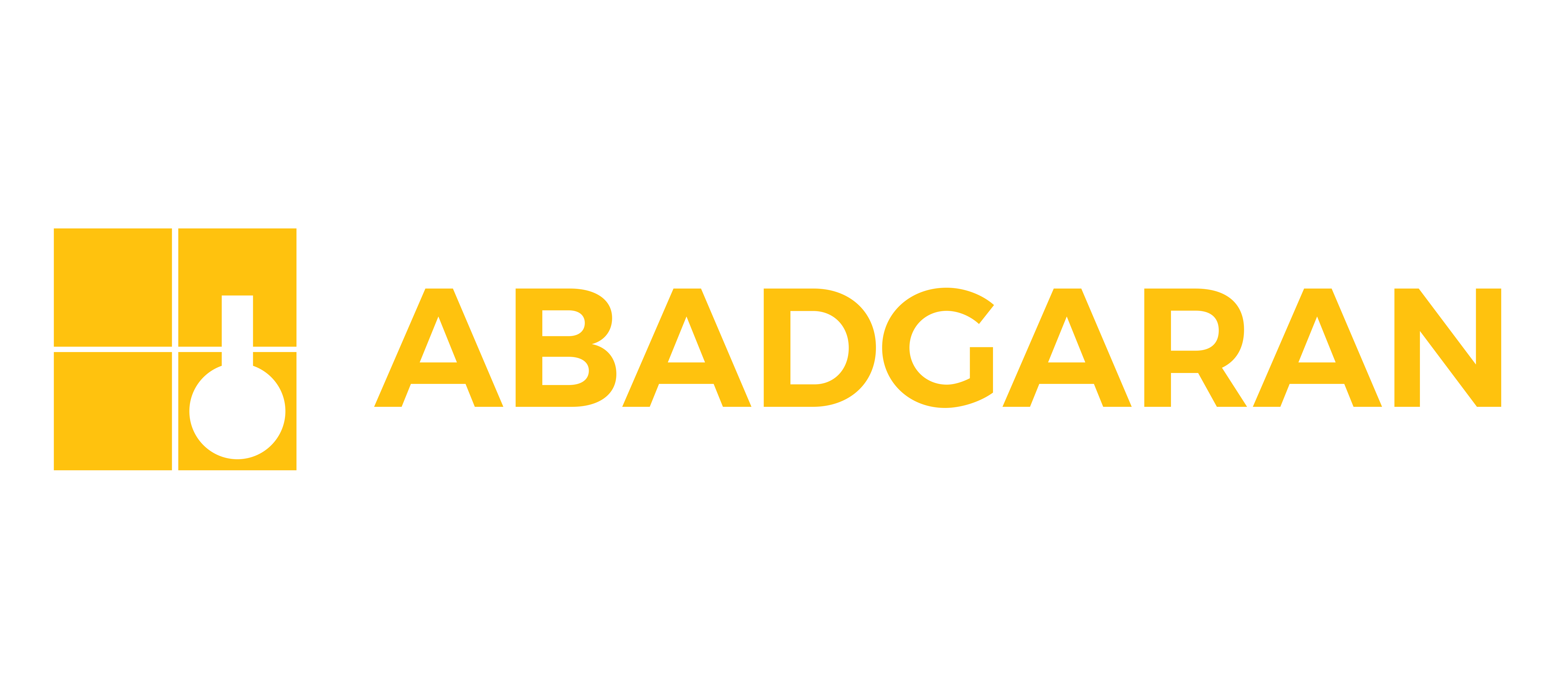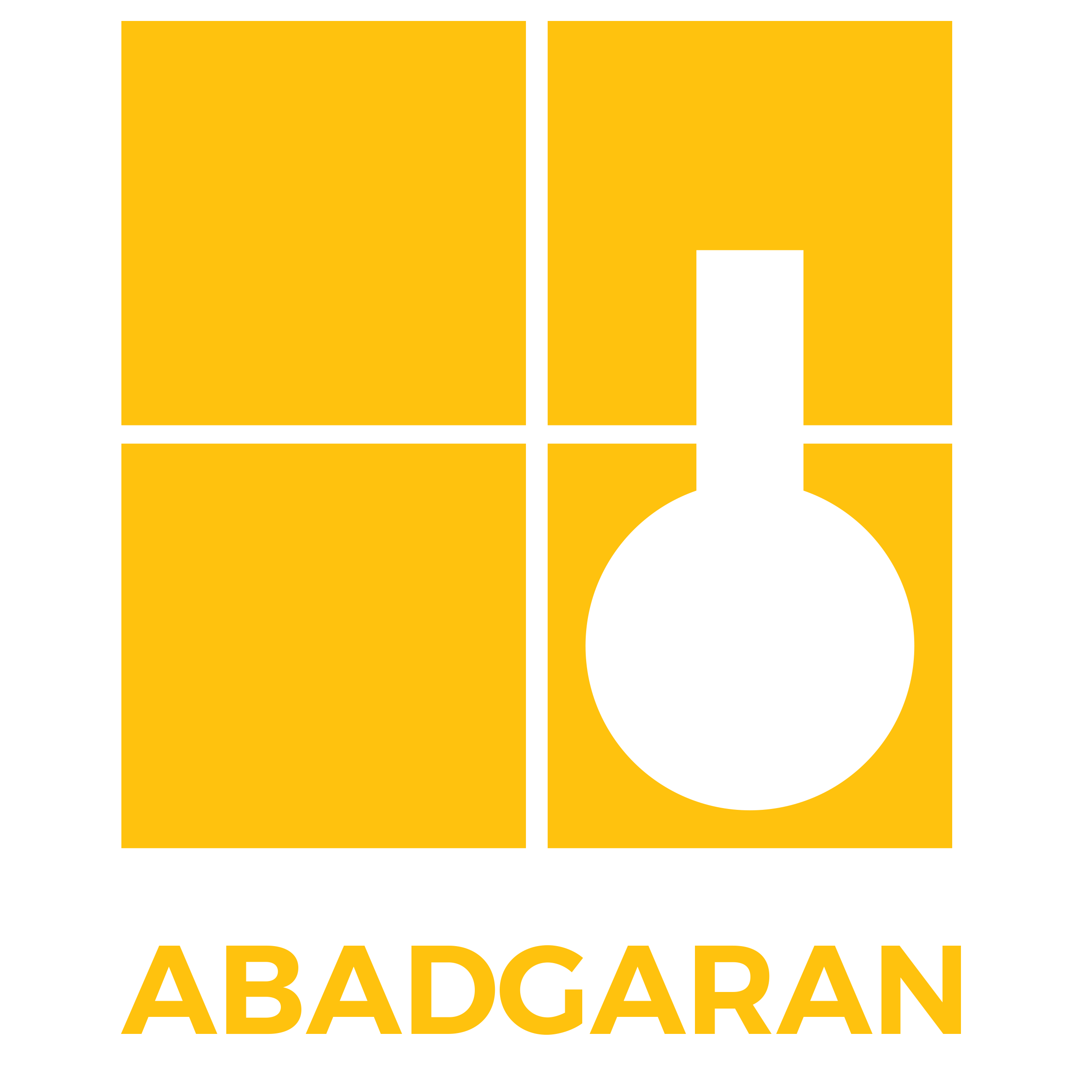
Please wait, loading...

Please wait, loading...

![]()

The components of protective coatings do not necessarily include solvents and pigment components. In this article, we first explain corrosion, types of protective coatings, and finally discuss their components.
Definition of Corrosion:
Corrosion is a condition in which a metal surface or an element is in contact with environmental factors that oxidize the surface. This occurs when metals chemically react with oxygen and moisture in the environment. If corrosion is a growing and expanding problem, it means that all construction projects across all sectors are at risk and it indicates a shorter lifespan for structures. To improve the lifespan of structures and construction projects, a corrosion protection coating is necessary.

What are corrosion protective coatings?
To protect against corrosion, a material is selected to be applied to a surface layer that ensures the formation of a strong barrier to prevent any contact between external damaging elements and the coated metal surface. Such a coating is called a corrosion protection coating. Depending on the requirement, the coating may be metallic or non-metallic.
Industrial, commercial, and architectural markets heavily rely on coatings to protect structures. In general terms, coatings are defined as a thin layer of solid material applied to a surface that provides improved protective, decorative, or functional properties. Specifically, they are a liquid, paste, or mastic composition that becomes a solid, decorative, or adhesive protective layer after application. An effective way to protect metal from corrosion is to physically separate the substrate from its environment by applying protective coatings.
Coatings act as corrosion protection in one of the following ways:
Non-metallic protective coating materials include polymers and other materials. Metallic protective coatings include aluminum, zinc, and chromium. Alloys are also used for coatings. Various methods are used to apply protective coatings, such as spraying, painting, welding, and leveling. In all cases, the coating process is based on specific technologies.

Protective coatings for metals:
There are various corrosion protection coatings available, each differing from the other. Some examples are listed below:
Components of Coatings:
According to the Protective Coatings Handbook, inspection and maintenance of all coatings reveal they consist of three main components:
A) Solvent
B) Resin
C) Pigment
Not all coatings contain solvents or pigment components; some coatings are solvent-free (100% solids) or transparent and pigment-free. Resin is a fundamental component of coatings. Coating formulation specialists classify solvents, resins, and pigments into two general categories:

When a coating is applied, the solvent evaporates during the curing process, and only the resin and pigment components remain on the substrate. This remaining layer is used for corrosion protection and is called the coating solids.
1-1 Solvent
Organic solvents are formulated to perform three main functions in coatings:
Solvents affect the adhesion of the dry film and the durability of the coating. Generally, resins that are less soluble require more or stronger solvents.
The terms "solvent" and "thinner" are often used interchangeably but differ slightly. “Solvent” can refer to:
Adding thinner to coatings before application can thin the final dry film.

Solvents produce vapors heavier than air that accumulate at the bottom of tanks or enclosed areas. Ketones have the lowest flash point among organic solvents. However, any solvent can form an explosive mixture in air.
Some safety standards limit VOC (volatile organic compounds) in coatings. As coatings cure after application, VOCs evaporate into the atmosphere and react with sunlight and air pollutants to form ozone, which is a toxic compound harmful to human health.
2-1 Resin
Resin is the film-forming component of a coating. Resins are low molecular weight polymers that typically require a hardener to react and form large repeating molecules in the cured film. The main purpose of resin is to wet pigment particles and bind them to each other and the substrate. Resin provides most of the protective properties of the coating.
Different types of formulated resins determine:
No single resin can meet the requirements of all projects with various properties and applications. Therefore, general coating types are typically classified based on the primary resin used in the formulation. Common resins include acrylics, alkyds, epoxies, polyurethanes, and polyurea polymers.
3-1 Pigments
Pigments are insoluble and heavier than the coating, and they usually settle at the bottom of the container. Pigments are additives incorporated into coatings to achieve the desired film properties. Below are the key characteristics provided by pigments, each briefly explained:
Acceptable alternative corrosion-inhibiting pigments include:
Advantages of Corrosion-Resistant Coatings:
Anti-corrosion coatings ensure that metallic components have the longest possible service life. Corrosion-resistant protective coatings are among the most widely used types in industry.
One example is ABADUR HP-350, a high-performance, two-component epoxy coating formulated with a modified polyamine-based epoxy hardener designed to protect various surfaces. It is specially formulated to be applicable even on damp surfaces. This product does not require a primer or a top epoxy layer. ABADUR HP-350 is suitable for use in tanks containing chemicals, wastewater, and other environments where both high adhesion and chemical resistance as well as good abrasion resistance are required. Due to its long service life, it is suitable for structures and components located near coasts, as well as in industrial and chemical environments. These corrosion-resistant coatings provide protection against moisture, saltwater, and chemicals.
ABADUR PRO-20 is a two-component, solvent-free epoxy coating based on modified polyamine, used for corrosion protection of various surfaces. The use of specially selected raw materials in this coating allows it to deliver excellent adhesion to metal surfaces without requiring a primer. It also offers outstanding resistance to UV radiation and abrasion.